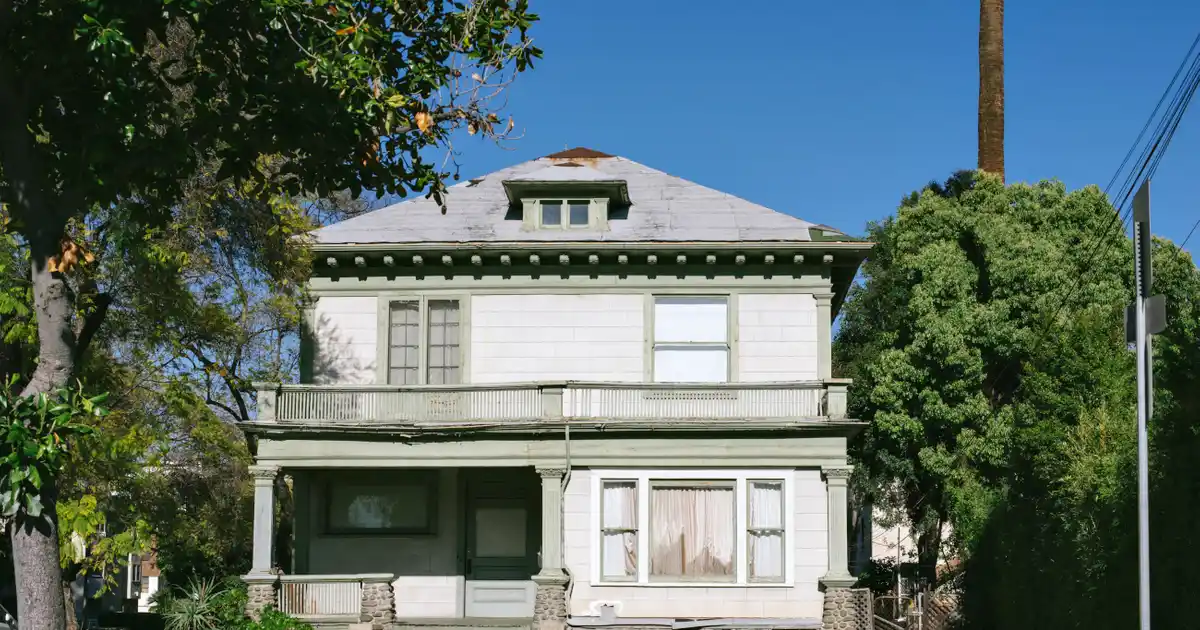Investing in abandoned homes has become an increasingly popular venture among savvy investors looking for unique opportunities. Start a search to learn more about the risks and rewards of investing in abandoned homes.
These properties, often overlooked and undervalued, can offer significant rewards, but they also come with unique challenges and risks. Understanding the intricacies of this niche market is crucial for anyone considering such an investment.
Unearthing Hidden Gems: The Appeal of Abandoned Homes
Abandoned homes often present an attractive opportunity for investors due to their lower market prices. These properties can be purchased at a fraction of the cost of well-maintained homes in the same area. The appeal lies in the potential to revitalize a neglected property and either sell it for a profit or rent it out for a steady income.
Additionally, investing in these properties can contribute positively to the community by transforming eyesores into habitable homes, thereby improving neighborhood aesthetics and property values.
Navigating Legal and Bureaucratic Hurdles
One of the primary challenges in investing in abandoned homes is navigating the legal and bureaucratic landscape. These properties can come with a host of legal complexities, including unclear titles, outstanding liens, and unresolved ownership issues.
It’s crucial to conduct thorough due diligence, often with the assistance of a real estate attorney, to ensure that you are fully aware of any legal encumbrances that may affect your investment. Additionally, understanding zoning laws and building codes is essential, as these can impact the scope and cost of any renovations or rebuilding efforts.
Assessing and Managing Renovation Costs
Renovating an abandoned home can be a costly and time-consuming endeavor. These properties often require extensive repairs and upgrades to make them livable or marketable. It’s important to conduct a comprehensive assessment of the property’s condition to estimate renovation costs accurately.
This assessment should include structural integrity, plumbing, electrical systems, roofing, and any pest infestations. Investors should also consider the potential need for permits and inspections, which can add to the overall cost and timeline of the project.
Calculating Potential Returns and Market Dynamics
A key component of successful investment in abandoned homes is understanding the market dynamics of the area. This includes researching local real estate trends, neighborhood development plans, and the target market for the property post-renovation.
An investor needs to calculate potential returns, considering both the short-term gains from flipping the property and the long-term income potential from renting it out. However, market conditions can change rapidly, so investors must stay informed and adapt their strategies accordingly.
Risk Management and Contingency Planning
Investing in abandoned homes inherently involves a higher degree of risk compared to traditional real estate investments. These risks can range from unexpected renovation costs and delays to challenges in selling or renting the property.
Effective risk management involves creating a detailed business plan, setting aside a contingency fund for unforeseen expenses, and having a flexible exit strategy. Insurance coverage is also crucial to protect against potential losses during the renovation process.
Understanding the Emotional Aspect
Investing in abandoned homes can sometimes be an emotional endeavor, especially when these properties have been neglected due to financial hardship, family disputes, or other personal crises.
It’s important to approach these situations with empathy and professionalism, recognizing the impact your investment decisions may have on former residents and the community. Maintaining a balance between emotional sensitivity and business acumen is crucial for ethical investing.
Leveraging Technology
Technology can be a powerful tool in identifying and assessing abandoned home investment opportunities. Various real estate platforms and databases offer insights into market trends, property histories, and potential investment properties.
Additionally, tools like drone photography and virtual reality can aid in property assessments, allowing for a more comprehensive analysis without the need for physical presence, which can be particularly useful in preliminary stages or for investors looking at properties in distant locations.
Staying Ahead of Trends
The real estate market is constantly evolving, influenced by economic factors, consumer preferences, and technological advancements. Investors who stay informed about these trends can make more strategic decisions regarding property selections and renovations.
For example, understanding the growing demand for sustainable and energy-efficient homes can guide renovation efforts to meet these market demands, potentially increasing the property’s value and appeal.
Diversification
While abandoned homes can offer attractive returns, diversification remains a key principle of successful investing. Including abandoned homes as part of a broader investment portfolio can help mitigate risks associated with market fluctuations and property-specific challenges.
Diversification across different types of real estate investments and geographical areas can provide a more stable income stream and capital appreciation over time.
Learn More Today
Investing in abandoned homes offers a unique blend of challenges and opportunities. While the potential for high returns is significant, it’s important to approach these investments with a thorough understanding of the risks involved.
As you consider embarking on this investment journey, continue to educate yourself about the intricacies of the market. Seek advice from real estate experts, join online forums, and stay updated on local real estate trends and regulations.
 Shutterstock: agil73
Shutterstock: agil73